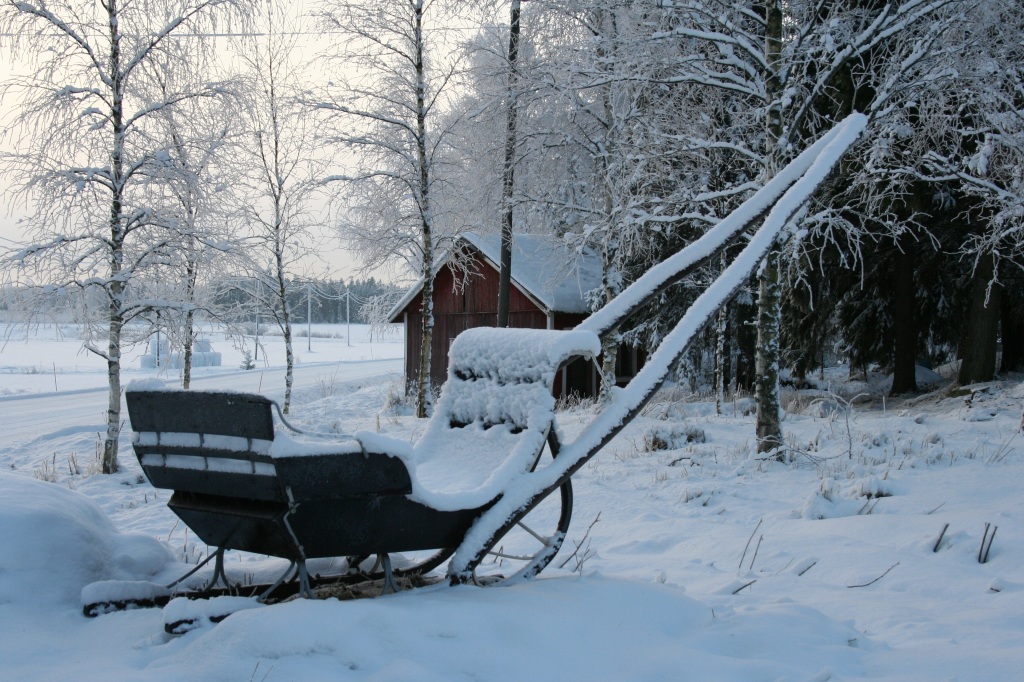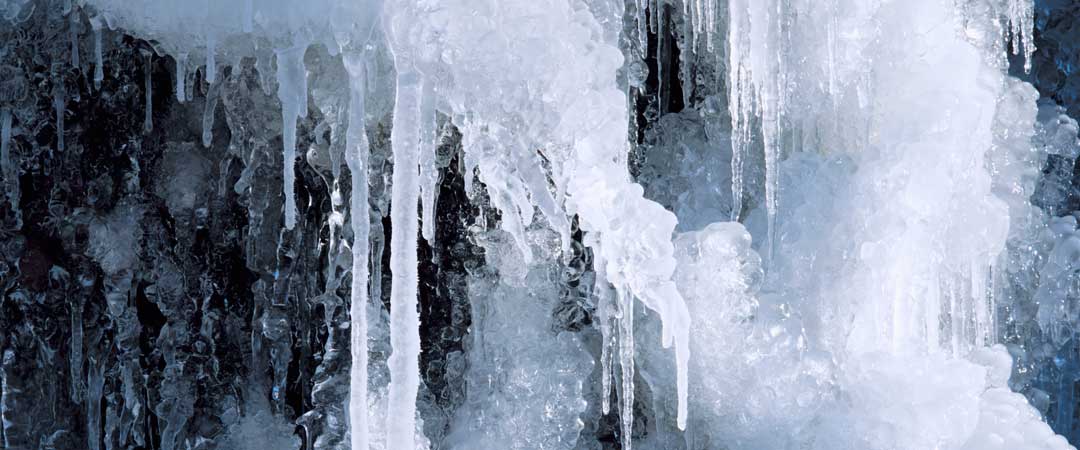I suspect it’s happened to all of us, particularly in the colder latitudes. You dress for the weather, (or think you do), later to find you got it wrong. Off you go to the office, to the store, and before you know it, it’s soaking wet. Or freezing cold. We’ve all been there, but what of an age before you had that nice warm car, to jump into?
In January 1810, several New England journalists recorded a temperature that dropped 100 degrees in 24 hours, from 67° Fahrenheit on Thursday the 18th, to -33° on Friday.
According to NASA, the average winter temperature at the North Pole, is -40°.
That was only the half of it. The weather forecasters of the day didn’t record wind chill but the howling gale that brought that cold with it, was a killer.

Henry David Thoreau’s mother remembered dishes frozen, as soon as they were washed. Reverend William Bentley wrote that people died, without going outside.
On the mild afternoon of January 18, 50-year-old Revolutionary War veteran Joseph Brooks of Woburn Massachusetts and his 45-year old cousin Benjamin, went into the forest to cut wood. The two were found frozen to death on Saturday.
HistoricIpswich.org writes of “people who froze to death while traveling along the highways. Houses, barns and vast numbers of timber trees were blown down or broken to pieces. Ships were wrecked, cattle froze in their barns and old people died of hypothermia in their homes. It was so cold pens wouldn’t write though they were right next to the fireplace“.

In Sanbornton New Hampshire, the wind tore the home of Jeremiah Ellsworth, to pieces. Ellsworth struggled into the maelstrom to the home of David Brown, seeking help. The howling wind literally tore the clothes off the backs of Ellsworth’s older children as Mrs. Ellsworth struggled to carry the baby, into the basement. Ellsworth made it to the neighbor’s house but, with his feet frozen, the man was unable to go on. Brown hooked up a horse and sleigh and drove back to the Ellsworth home. That’s when things went Seriously wrong. The sleigh was blown over not once, but twice. The second time it was torn apart, its contents, scattered. David Brown labored to carry the Ellsworth children the rest of the way. Mrs. Ellsworth was reduced to crawling. By the time she arrived at the Brown home she was unrecognizable. None of the three children survived.
On a happier note, Rebecca Ramsdell was a schoolgirl, in Henniker New Hampshire. James Bartlett was the teacher in those days, and made it a habit to award little medals, to children with exceptional attendance. Rebecca braved the cold that morning and walked a mile, to school. Bartlett gave her a medal, and she never forgot it. You can find a picture of Ms. Ramsdell at the Henniker Historical Society. She’s 100+ in that photo and she still had Mr. Bartlett’s medal.

Locals spoke of the Cold Friday of 1810, for generations. Twenty years later, a New Hampshire court proceeding required a date. The answer wasn’t hard to remember. It had happened on Cold Friday.







 Breaks in cold weather inevitably marked the end of the frost fairs, sometimes all of a sudden. In January 1789, melting ice dragged a ship with it, while tied to a riverside tavern, in Rotherhite. Five people were killed when the building was pulled down on their heads.
Breaks in cold weather inevitably marked the end of the frost fairs, sometimes all of a sudden. In January 1789, melting ice dragged a ship with it, while tied to a riverside tavern, in Rotherhite. Five people were killed when the building was pulled down on their heads.


 crowd and their claims to Punxsutawney Phil’s weather forecasting prowess. Alabama has “Birmingham Bill”, and Canada has Shubenacadie Sam. New York can’t seem to decide between Staten Island Chuck and New York City’s very own official groundhog, “Pothole Pete”.
crowd and their claims to Punxsutawney Phil’s weather forecasting prowess. Alabama has “Birmingham Bill”, and Canada has Shubenacadie Sam. New York can’t seem to decide between Staten Island Chuck and New York City’s very own official groundhog, “Pothole Pete”.



You must be logged in to post a comment.